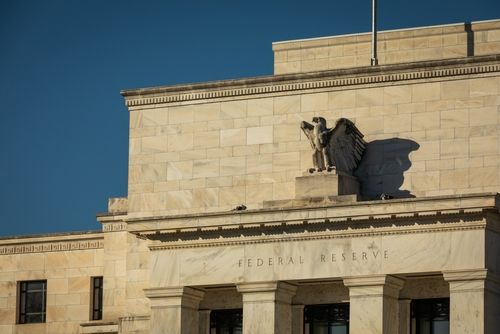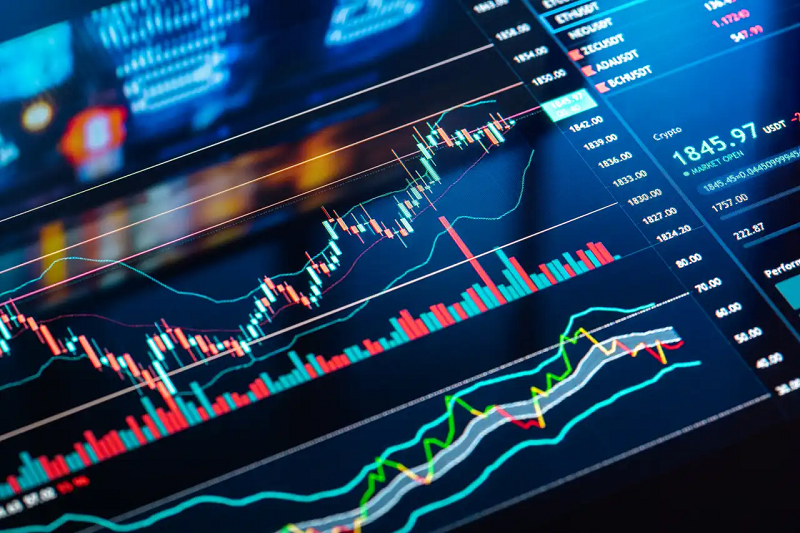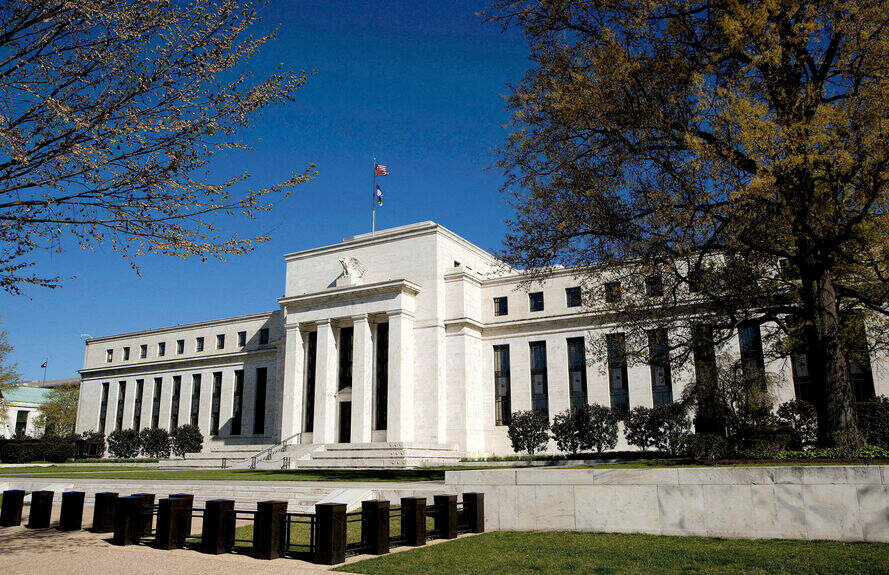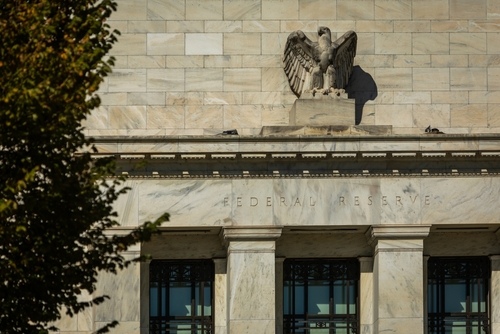Powell's Jackson Hole Speech: For U.S. Stocks, Hawk or Dove Signal Could Be a Lose-Lose?


TradingKey - As U.S. inflation and labor market data show signs of rebalancing, Treasury traders and Wall Street banks have largely priced in a rate cut at the September FOMC meeting — the first of 2025. Yet both a more dovish-than-expected tone and a potential surprise hawkish signal from Fed Chair Jerome Powell pose extreme risks. Investors will now turn to Powell’s speech at the Jackson Hole Symposium for direction.
The annual Jackson Hole Economic Policy Symposium will be held from August 21 to 23 in Jackson Hole, Wyoming, bringing together top central bankers from around the world to discuss monetary policy. At this “Davos of central banking,” Powell’s remarks on Friday, August 22, will be the focal point.
A Fed Caught Between Data and Politics
Since the Fed’s last rate cut in December 2024, policymakers have been balancing tariff-driven inflation risks against a softening labor market.
In July, CPI data showed moderate goods inflation, but rising services inflation sparked deeper concerns. The PPI year-over-year rate surged from 2.3% to 3.3%, signaling persistent inflationary pressure, with tariff pass-through still unfolding. This has strengthened the case for “hawkish” voices like Chicago Fed President Austan Goolsbee and San Francisco Fed President Mary Daly to maintain restrictive policy.
On the other hand, July’s nonfarm payrolls added fewer than 100,000 jobs, and significant downward revisions to prior months highlighted labor market weakness. This has fueled calls for more aggressive easing — from President Donald Trump, Treasury Secretary Scott Bessent, and FOMC members like Christopher Waller.
According to LSEG data, money markets are pricing in a 94% probability of a 25-basis-point rate cut in September.
While investors hope Powell will “set the tone” for the September meeting, any tilt — dovish or hawkish — could backfire.
Powell’s Tightrope Walk
With mixed economic signals and mounting political pressure, analysts expect Powell to deliver a cautious, non-committal message, buying time to assess evolving risks.
AllianceBernstein said that the Fed is under immense pressure and has been slightly behind the curve, waiting to see how tariffs impact the economy and inflation.
Bloomberg economists noted that Powell directly signaled a rate cut at last year’s Jackson Hole meeting — but this year, he’s likely to be far less frank.
Stocks: Powell Can’t Win Either Way
Markets have already priced in lower rates in the near term. Morgan Stanley pointed out that homebuilders like Lennar and D.R. Horton outperformed the S&P 500 last week, reflecting strong rate-cut expectations.
Berkshire Hathaway’s Q2 “mystery buys” — disclosed as stakes in Lennar and D.R. Horton — were also interpreted as a bet on lower rates.
But Morgan Stanley warned that if Powell’s tone isn’t as dovish as the market expects, homebuilders, cyclicals, industrials, and materials stocks could face sharp selling.
While the Fed’s growing dovishness has fueled the recent U.S. equity rally, Bank of America warns that if Powell delivers a clearly dovish message, stocks could fall due to the classic “buy the rumor, sell the news” reaction.
This risk stems from over-optimism about Fed easing — and the idea that this expectation is already baked in. With tariff effects not yet fully realized and the unemployment rate still near historic lows, a hawkish Powell may not be a surprise at all.







